Public-Art Architect Alex Chinneck On Passion And Creativity
By Something CuratedHe’s among London’s many artful l’enfant terribles and has been creating public exhibits that confuse and surprise many, and inspire most. Part of the reason why he’s able to create the boundary-pushing, public-frenzy-inducing work he does is due to his passion for his work. It’s an all-encompassing one that keeps him this architect and engineer at his workshop at least 100 hours per week but doesn’t stop him from staying creative and getting downtime with his family—and his dog. If anyone spent only a few minutes with Chinneck, it’s obvious: He really loves what he does. Just ask him about his favourite material—like brick—and he’ll pause, meaningfully. Then he’ll smile, cheekily, just thinking about brick. It’s amazing to watch. He’s a truly passionate artist who creates mind-bending projects. Something Curated meet with “new Dad” and artist Chinneck in Hoi Polloi (one of his favourite spots to nosh and do business) to talk about where his inspiration comes from, the other materials he’s obsessed with and what the future holds for an artist that moves with his London-based public-space locations as much as fans follow his work.
Something Curated: What does creativity mean to you? What inspires you to be creative?
Alex Chinneck: “I think in the city of London it’s easy to remain inspired and motivated because of the pace it moves at—it’s fast. And it’s got just the right amount of competition but also it’s got a fantastic artistic community and cultural vibrance. As someone who has practiced different disciplines such as art and architecture, including construction, it’s a treat to be among so many different developments. It’s a fantastic environment in which to allow this creative osmosis to just creep in—it fills you with all sorts of ideas and energy. I make public art so principally, it’s conceived and delivered for the public so being in London which is bustling it’s quite nice to be reminded that there’s an audience present.”
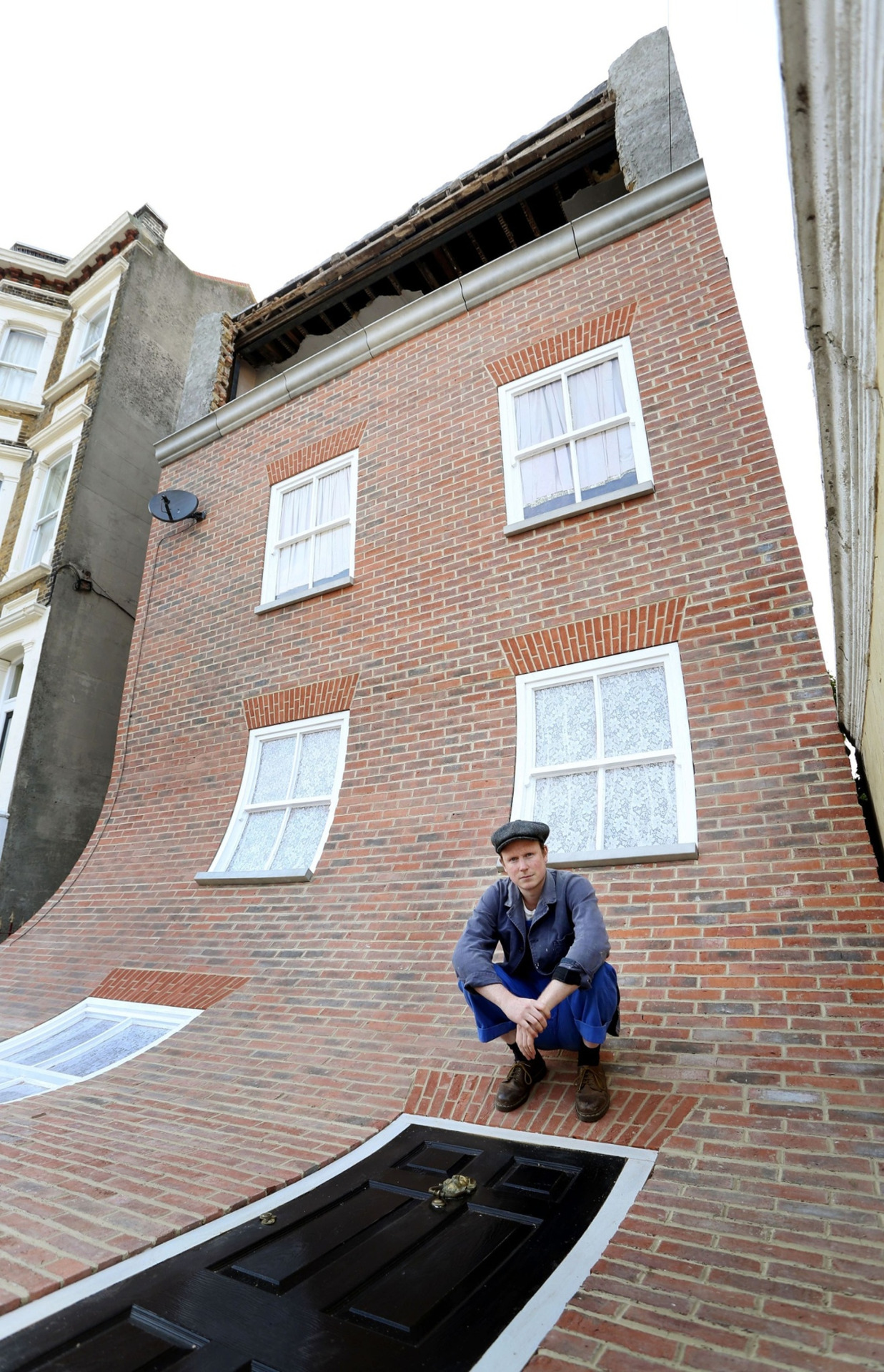
SC : How do you come up with your concepts?
AC: “Ideas are conceived in different ways. Sometimes it’s a response to a visual experience. I might see a moment in the world that triggers an idea. Often, and now more regularly, it’s a contextual response: I’m either invited to create a particular project by a client at a location so I consider the architectural language of the region, for example, the project we produced with Covent Garden Piazza, you have this very grand and celebrated but also very protected architecture which is made from stone and it’s from a material that’s all about solidity and weight. It was nice to play with that idea and give stone a kind of weightlessness. Because it’s such a protected building, I wanted to create an artwork that could visually and materially integrate the surrounding structures. So we made an artwork that mirrored the neighbouring buildings. What that allowed us to do is create a building that had considerable size but wasn’t overpowering. It joined let landscape rather than dominated it. Another example is the Wax House was built on the site of where an old candle-making factory once was. The work on that area was a historic response to the history of that building and the lattice steel mirrors a redundant gas tower that’s near the site where the artwork is situated. Plus the Greenwich Peninsula where the pylon is was the largest oil and gas generator—so all that to say that the work there was born out of the history and context of the area.”
SC: And how do you stay on top of trends?
AC: “It depends—waves of creativity and those bursts of inspiration rarely come from art itself, the origins of my passion for art come from art itself and the history behind certain works of course, but contemporary art rarely inspires me these days.”
SC: So, it’s not like you go to an art gallery and suddenly have this ‘aha’ moment?
AC: “No not at all. I mean, those are certainly inspiring but It’s other things that keep me creative. I did pop my head into Frieze exhibits this past year but I wouldn’t say that it’s always about taking in the art scene. It’s typically for me all about other architecture, design or music that inspires me. I just went to see Benjamin Clementine—he just won the Mercury Music prize—I saw him play live in a church in Hackney a week ago and that was the best acoustic experience of my life. Lots of piano and singing. It’s impossible not to be inspired to create when you’re around artists like that and in the presence and company of something so culturally powerful. The real world inspires me the most—catching those moments. It could be a building being demolished or a crane making a certain movement.
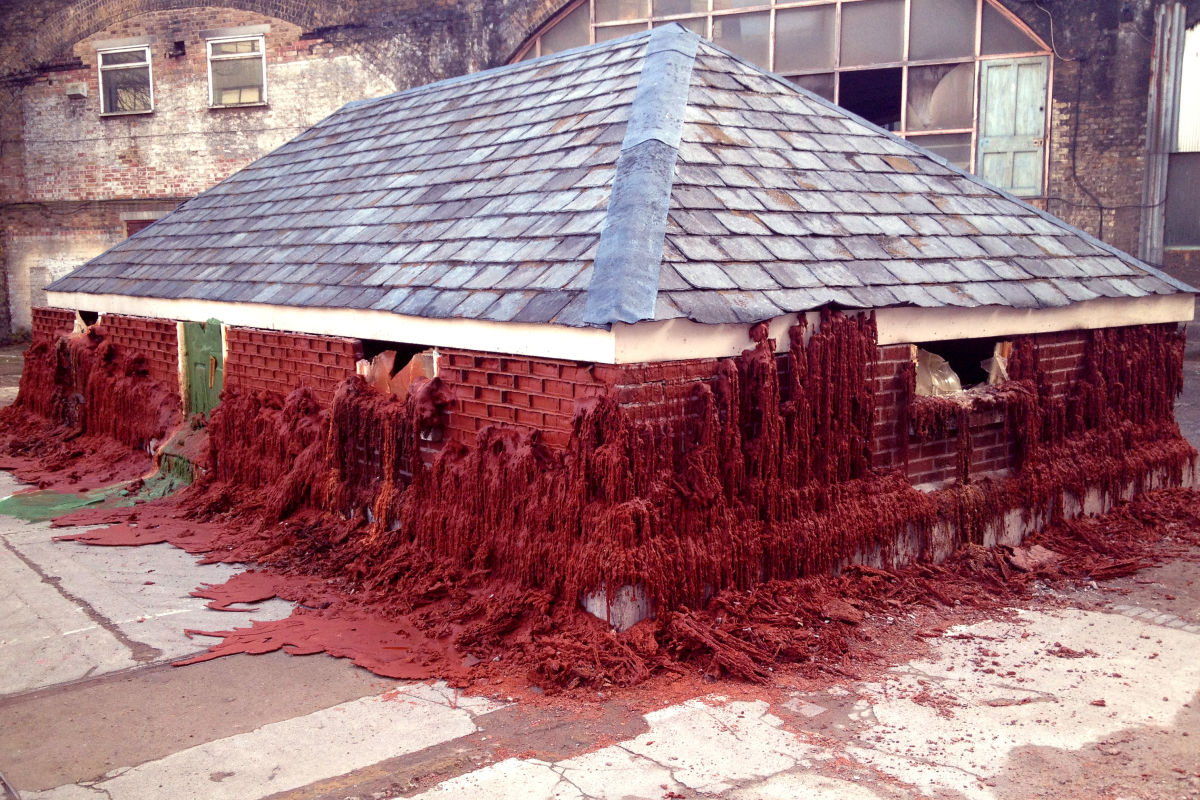
SC: It’s fair to say that you’re connected to the environment and the inner-workings of buildings, then? and really inspired by these spaces?
AC: “Yes, the construction of things and the built environment in its most brilliant rawest transformational states is what excites me. And materials—like glass. My team and I are looking into glass, various kinds of glass and glazed windows. And always brick—I have a lovely relationship with brick—because brick is used everywhere and it surrounds and contains us, it slips into our subconscious and it’s quite nice to take a material that’s done that and challenge the way it’s normally used. We’re creating facades and tying bricks in knots and doing all sorts of creative things. I like the idea where you create parafluidity.”
SC: What was your first job in your industry?
AC: “I worked as an assistant for Conrad Shawcross, a sculptor and that was a great experience. He taught me how to be ambitious—I owe him a lot for that. He’s the most ambitious person I’ve ever met. With sculpture, hard work and ambition are necessary ingredients. He just always had an energy that was great to be around. It was impossible to not be inspired or feel the impact of that. He just went for it: he just wouldn’t think twice when creating projects. That’s a wonderful personality to be around as a young artist—he took risks. There’s so many more artists than there are opportunities and so you can’t wait. You have to facilitate that yourself. And he really taught me that. Today, I challenge myself. but to be honest, I worry a lot. I’m very paranoid. There’s a saying ‘only the paranoid survive’ and it’s true. I apply that to my work. If I feel like I haven’t done enough work that day, I’ll just work later. I worry that I’m not making enough progress or impact a lot and that anxiety drives me on. It’s a really unhealthy stimulant. It helps me stay competitive, not only with everyone else but with myself. I’m always challenging myself. I worry the most about what people think: because I produce work that sits in the public realm—it’s playful and it becomes quite popular with the press—I always wonder if my audience likes it and how they will respond. I want people to be amazed. I want to create work that physically astounds people and if that’s not the case, then I feel like I haven’t succeeded.”
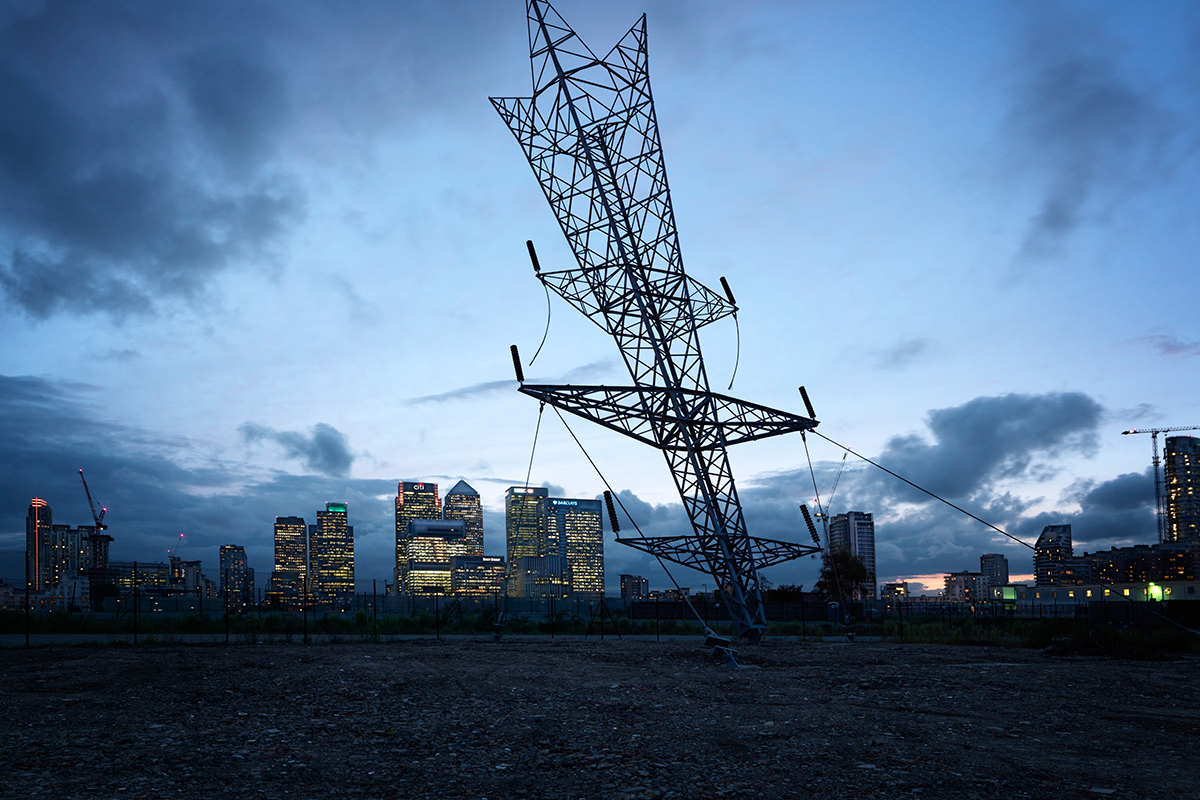
SC: Finish this sentence: “Always …”
AC: “Always make progress. We stand still too much. It’s amazing—for example: I watch my daughter and she’s obsessed with progress. She’s always trying to walk or talk or do something she hasn’t done the day before. That’s an incredibly exciting thing to be around because she’s just this little creature of development and progress and I think we hit certain stages in our life and career where we settle and become content or maybe we become tired. If you trace the most exciting careers, they are these people who continue to challenge themselves and grow in their careers.”
SC: Finish this sentence: “Never …”
AC: “Never repeat yourself. It’s only when something changes you know that there’s still something creative ahead.”
SC: Why did you choose to live in Hackney?
AC: “I’ve lived there for 12 years now, since I moved to London from Bedfordshire. The multiculturalism is fantastic. East London has a lot of green space with is great for my dog.”
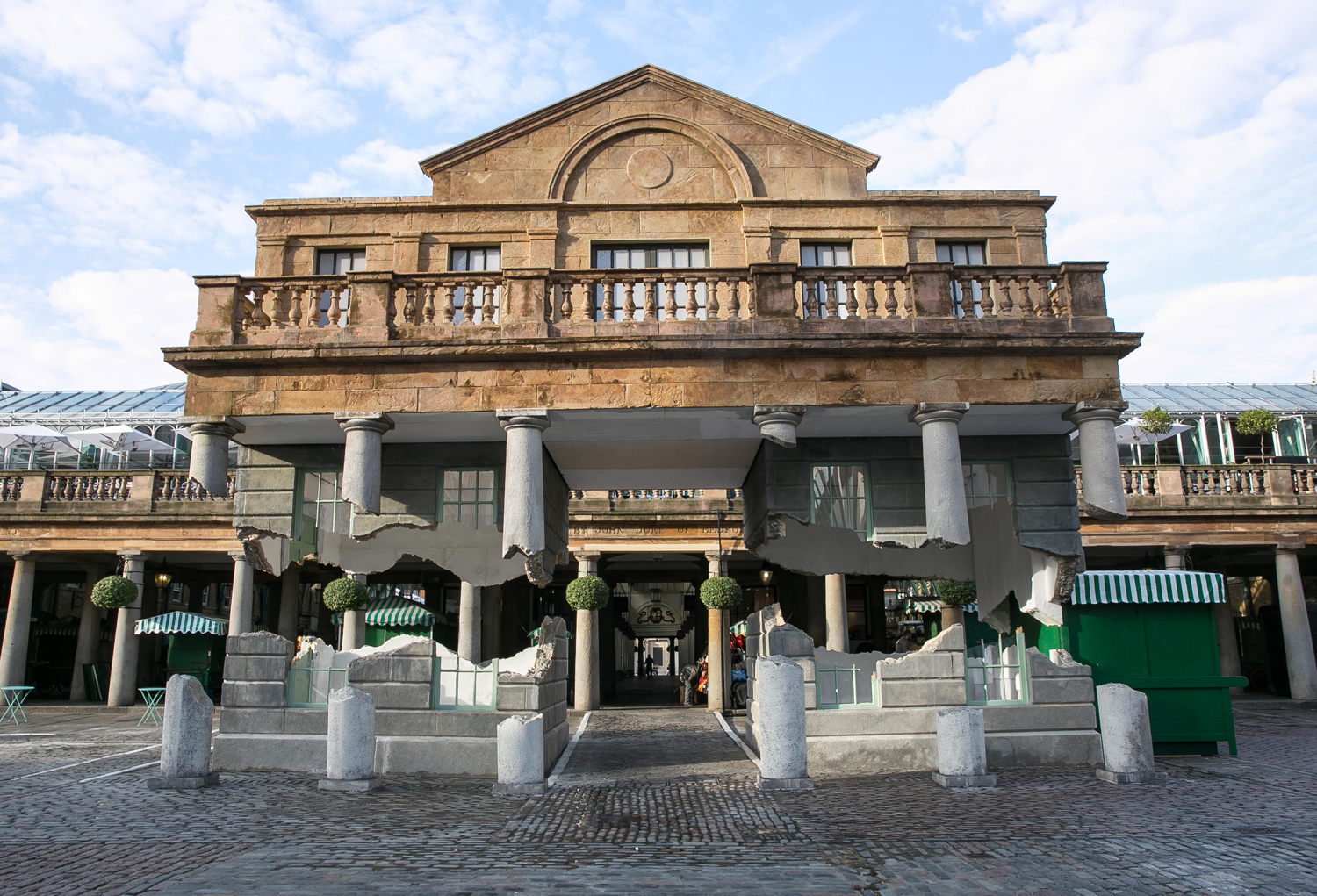
SC: Any projects on the go? What’s next?
AC: “I’m going to Gujarat, India for six weeks so that I can move into architecture. I’m working with a university to help build models and come up with some of the ideas to create different spaces. We’ve been producing a lot of art but now I have more of an interest in permanent public structures. We’ll start small, but make sure that the projects are ambitious—we want to introduce function into the art now. I think today, there’s a lot of tacking on of artwork on existing structures. I think the best public art is born into the development. I would love to build restaurants or other structures.”
SC: What other area of London is on your radar at the moment?
AC: “I’m really excited about Forest Gate, there’s a lot going on in that region at the moment. It’s where my office is too. Forest Gate has the most fantastic Victorian houses and it’s all brick there—which as you know now, I really like! Southwark is another exciting area too, there’s so much architectural transition. And that can be good and bad. The biggest crime is when the City of London allows generic, repetitive, cheap architectural buildings to pop up everywhere—they’re uninspiring and and unimaginative and they don’t have any kind of passion. They’re just built for profit and I think that’s a real problem.
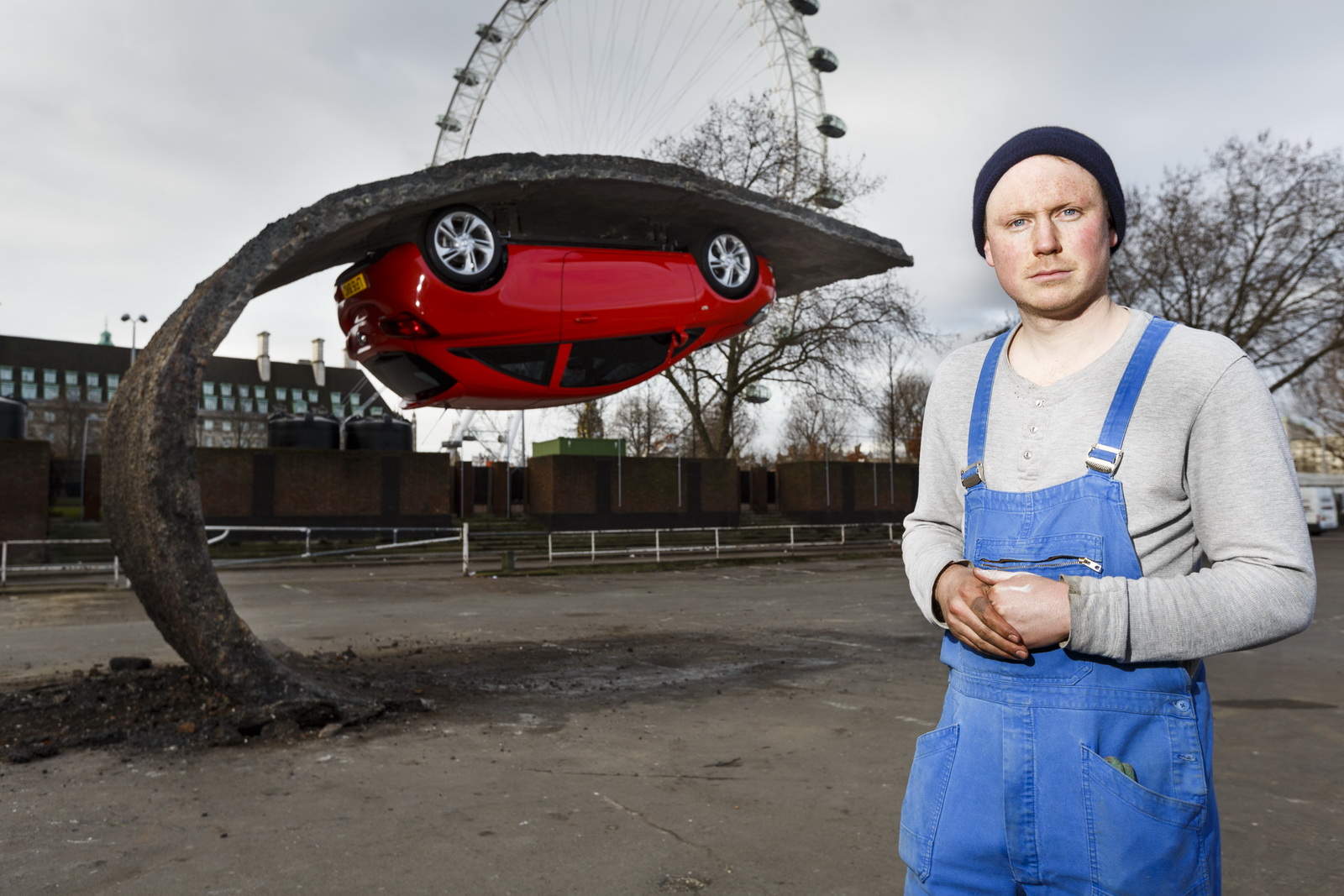
SC: What’s your work uniform? What do you like wearing when you’re not at work?
AC: “I have two colours of handmade suits. I have two in two different colours—so I have four suits. It’s a suit made by a tailor in Norfolk. They’re workwear suits and they’re quite tough and I wear the same thing all the time. It’s a kind of minimalism and routine that takes that extra step out of my day. One less thing to think about and one less decision for me to make—it’s quite nice to remove that element—there’s a peace of mind that comes from that. I wear the same standard cut and drill overalls to work as well. I normally wear Nike trainers because I run around the city so much for meetings, or I wear simple work boots in the winter.”
SC: What gets you energized and keeps you recharged?
AC: I work a lot. Maybe too much. It’s changed a bit since my daughter was Bloom Valentine born—she’s just over 1 years-old now, a toddler. I’ve tweaked my schedule a bit so that I can give her breakfast every morning. My day usually starts at 9 a.m. and ends at 2 a.m. and on the weekends I try to work a little bit less. I make time to walk my dog, Bearded Collie named Burt Wellington. I live an incredible unbalanced life, I admit that. I work a little less now that I’ve had a child but every week is at least more than 100 hours clocked in. It’s easy to do when you love what you do. It’s everything: it’s your future, your legacy—it’s your life. I do like to listen to music and after midnight when I’m working I listen to radio deejays, Annie Mac on BBC Radio One, Tom Ravenscroft on BBC Radio Six and X-Posure with John Kennedy—I play it with my headphones on so as not to wake the baby. I also drink far too much. My favourite drink is milk but I also like wine. Shiraz mostly but it varies. I like watching football.”
SC: Guilty pleasure?
AC: “Haribo. And it’s not even that my daughter eats it. I just eat it—and a lot of it. Too many sweets. I love Haribo.”
SC: Favorite local restaurants?
AC: “One the best things about London is its multicultural cuisine. I eat a lot in Forest Gate where I work, there are incredible Afghani places and they have such great food there. I also like to go to Buen Ayre in Broadway Market, they have great steak. There’s also a great French restaurant in Islington called La Petite Auberge. Another great place is this sandwich hut in a shipping container not far from the A12 that makes the most incredible bacon and bubble sandwiches. Their bacon and bubble sandwich would be my final meal.”
SC: Top website?
AC: “I’ve spent way too much time on BBC Sports. I know everyone’s already into this but I’m getting into Instagram at the moment and managing things there—it’s lots of fun. I really love Google as well as silly as that might sound. There’s so much access to images and you can get a bit overwhelmed at how much inspiration you can gather from one place.”